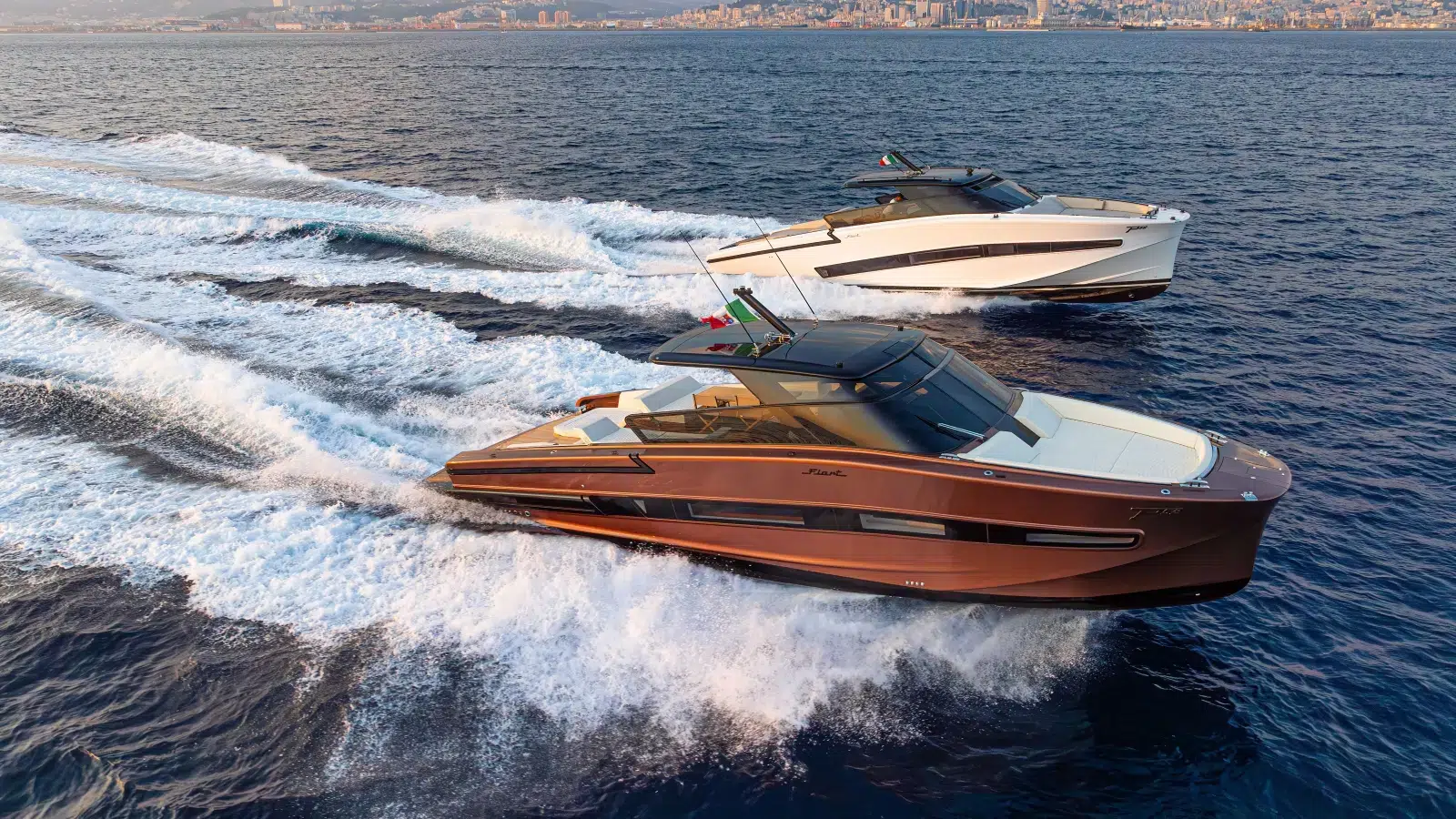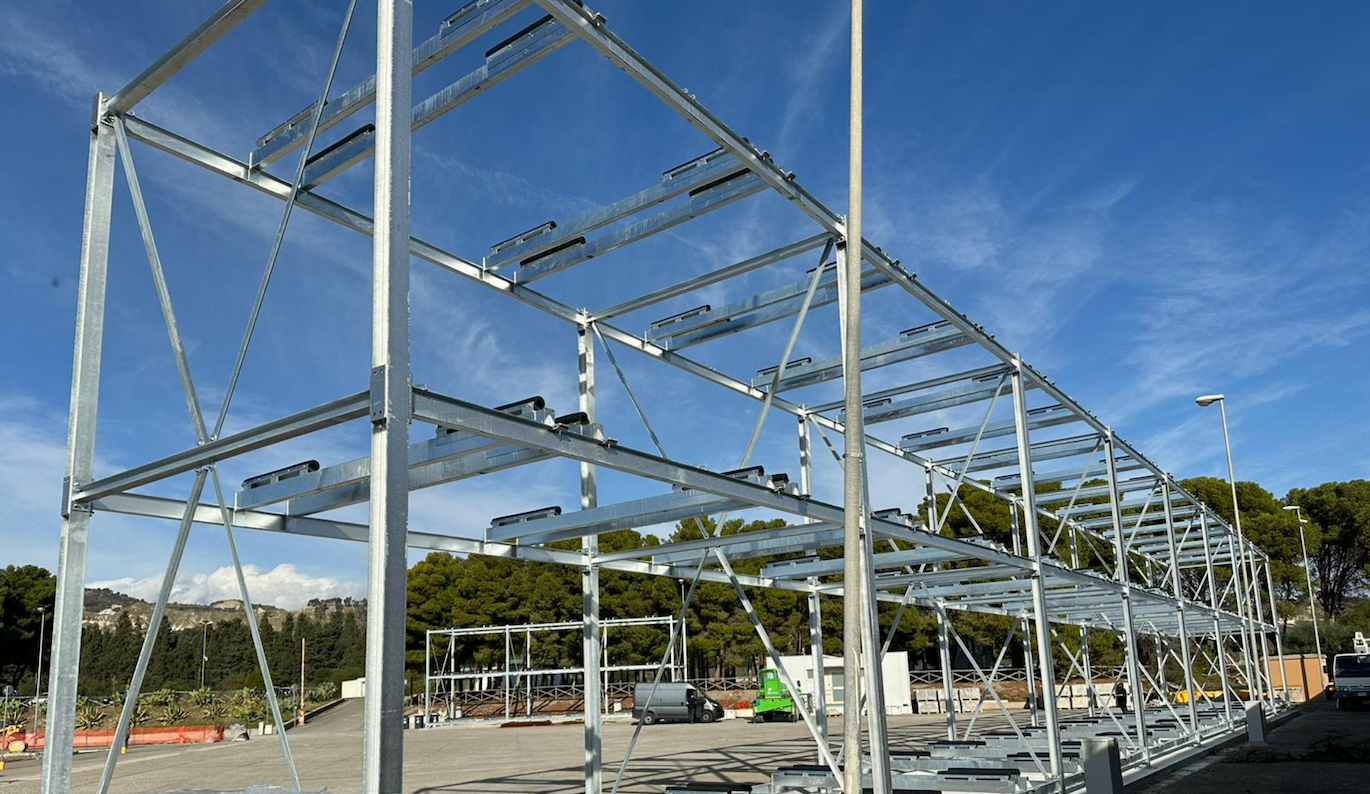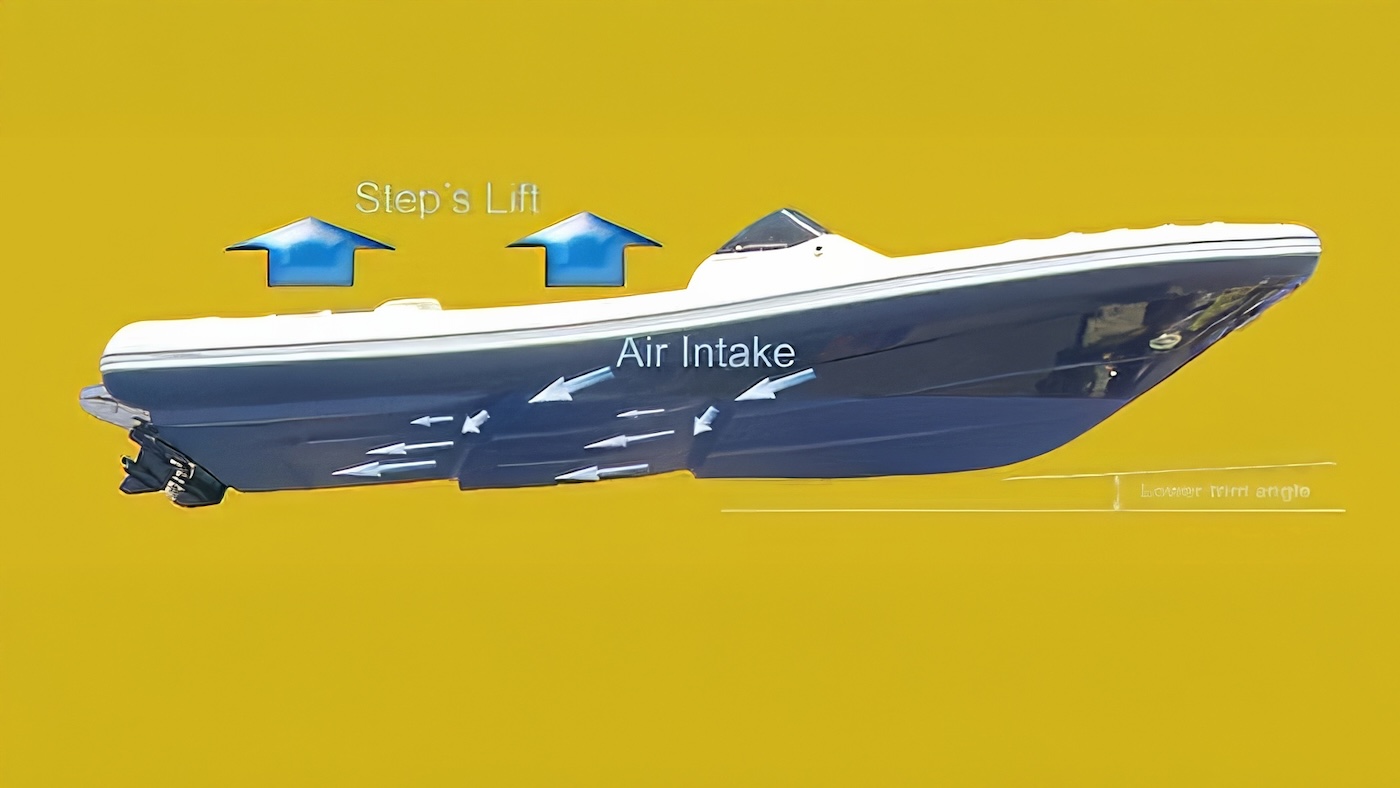Leggi l’articolo in italiano
In order to avoid making a poor showing like Fantozzi, the comic character of a popular Italian movie, did when the Count Marquis shouted at him “cazzi quella gomena” (fuck, that tow rope), a basic knowledge of marine terminolgy is required even if we get aboard just for a holiday. We might be asked to give a hand, whether we go for a boat holiday with some friends or we rely on an experienced skipper. On board, lazybones are not allowed.
Let’s see together just few basic terms.
On board, you can stay: below deck or on deck (inside or outside), aft or on the bow (in the rear or front part), on the starboard or on the port side (right or left).
The external lounge of the boat is called cockpit; the passages where passangers walk are called walkways. Windows don’t exist on board: they’re called portholes, skylights or hatches, according to their size and location.
Strings, too, don’t exist: they’re called ropes and they can differ for type and function. Ropes can be hauled in, if they are to be put in tension, or eased, to loose tension.
Every sail is adjusted by more ropes: the halyard serves to hoist them, the sheets are used to adjust the angle according to the wind direction.
When a rope must be disposed, it’s coiled, being very careful to do that in an orderly way.
Few things are more annoying than a poorly coiled rope.
When we steer a boat, we don’t go to the left or to the right, but we luff when the bow is close to the direction where the wind is blowing from, and bear away when the bow moves away from the wind direction.
Of course, the first thing to understand when sailing is from where wind is blowing, whether we are on a sailboat or a motorboat. In fact, we can make a difference between windward, the part that receives the wind at first, and leeward, the part that receives the wind at a later stage. When sailing leeward you can smoke, drop crumbs or perform any activity that, if performed under a windward condition, would cause a quarrel or nervousness.
While sailing windward, you can even sit with your legs dangling on the water to balance the weight and pretend to be experienced racers.
When we stop, the anchor is given and not thrown. When we sail off, the anchor is windlassed and we shout “free” at the helmsman to indicate him that we have finished to sail off.
In the ports, mooring ropes are fixed to mooring bitts. Aboard, on the contrary, ropes are fixed to cleats.
And the spinnaker pole isn’t a big tango… but that’s another story.
























